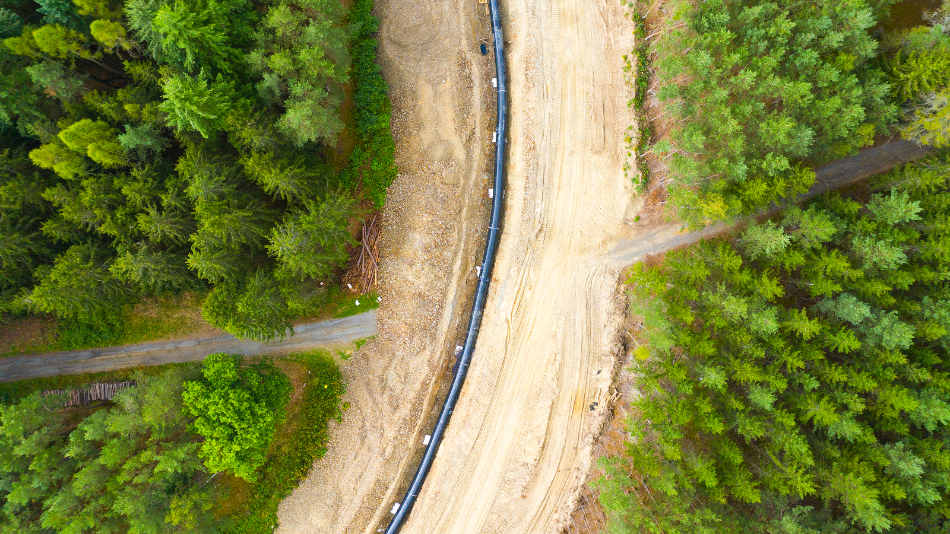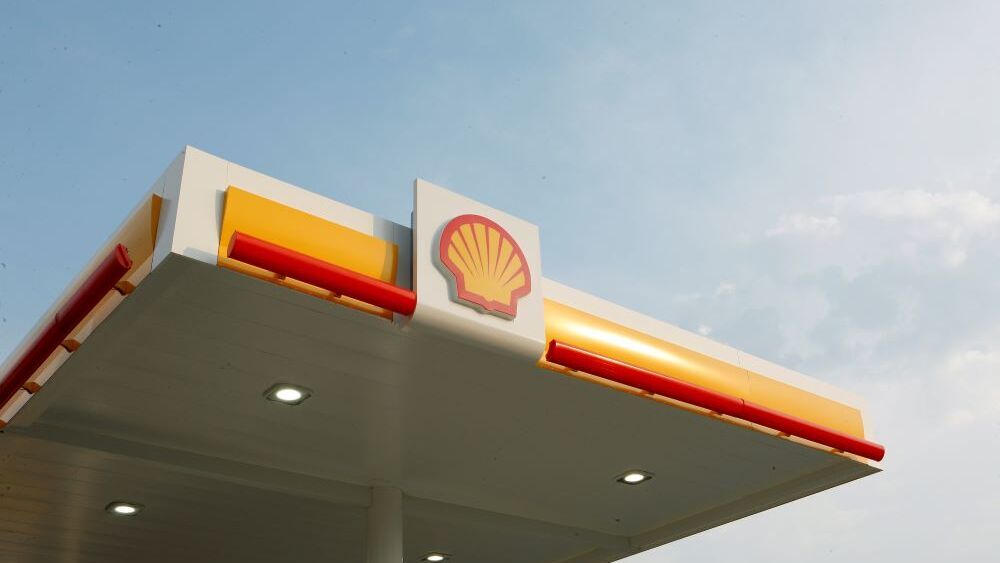
Gas infrastructure spending in Asia risks net zero and investors alike
Markets in Asia are maintaining spending on gas infrastructure, cementing the fossil fuel’s place in domestic power grids for decades to come.
Despite the Paris Agreement kickstarting a global response to the climate crisis, investment in new gas infrastructure is locking nations in Asia into decades of carbon-intensive power generation.
Research from GlobalData shows that across Asia, $500bn is being invested in gas infrastructure projects, including $186bn in new gas-fired power plants, $112bn in gas fields and $81bn in new gas pipelines. Upwards of $100bn has also been earmarked for regasification plants, liquefaction plants, storage facilities, and gas-processing facilities.
But with net-zero obligations set to redraw the demand and supply cycles for gas, as well as other fossil fuels, the continued investment in such infrastructure assets represents a duality of risks.
On one hand, assets may become embedded within national energy production policies, cementing their place up to, and possibly beyond, the Paris Agreement’s target of net zero by 2050. On the flip side, the pivot towards renewable energy risks the creation of fossil fuel stranded assets as markets steer away from carbon-intensive forms of energy production, leaving investors with written-off assets.
When it comes to the oil sector, there are already drivers in place to reduce demands. This will likely come through the continued adoption of electric vehicles and the transportation sector generally as they adopt alternative fuels.
Gas dependency
Asset stranding is the theoretical point where a power asset can no longer operate in a way that meets the market, regulatory and financial demands. Chris Bennett, co-founder and managing director of sustainability services company Evora Capital, says stranding will occur in the oil and gas sectors if assets “cannot meet the eventual tightening up” of emission standards and carbon taxation, as well as the “high market prices” for finite natural resources.
But he says it is likely that the gas and liquified petroleum gas (LPG) sector “will remain a part of the mix in the future,” but will increasingly come under pressure to cover the costs of carbon capture and storage.
“When it comes to the oil sector, there are already drivers in place to reduce demands,” he says. “This will likely come through the continued adoption of electric vehicles and the transportation sector generally as they adopt alternative fuels.”
At present, Asian energy markets are rooted in fossil fuel production methods. In China, 55% of energy produced comes from coal, with a further 19% stemming from petroleum, according to the US Energy Information Administration.
Of this, 9% is sourced from natural gas, and its primary role within the energy source composition is to “balance the grid network”, Bennet says.
“It provides a useful stabilising power source enabling the grid to function, even when demands go up and down,” he adds, pointing out that the increase of renewable assets mean their inconsistent production output will have a bigger impact.
Storage solutions
To overcome the issue of varying output from renewable assets, large-scale and reliable grid energy storage will be required. Amit Gudka, CEO and founder of energy storage company Field says storage technology is now economically viable and is improving rapidly.
“Now is the time to commit to it, invest heavily, and keep iterating to make it more efficient and profitable – and not, for instance, continue to construct new gas peaker plants [plants that only run in times of peak demand] to manage grid intermittency,” he says.
Gas generation is only a “mid-term solution on the path to net zero”, and investors and policymakers must look to long-term solutions that will “get emissions to where they need to be,” he adds.
Research published in the journal Nature found half the world’s fossil fuel assets could become stranded by 2036, with countries that are slow to decarbonise to suffer more greatly than those quick to transition. With some Asian markets maintaining investment in new gas-related assets, the risks are rising. Moreover, investment from emerging markets into clean energy fell on the back of Covid-19, according to research firm Climatescope.
While long-term risks remain on the table, the focus now must be on operating gas and LPG plants efficiently and sensibly, with an eye on transitioning the assets when possible, says Bennet.
“For investors presently committed to gas and LPG transition fuels, the key duty they have to sustain them over the short-to-medium-term is to ensure that the facilities are well run,” he says. “This means not breaching emissions consents and keeping assets maintained so that they can cope with the eventual removal of methane gas.”




